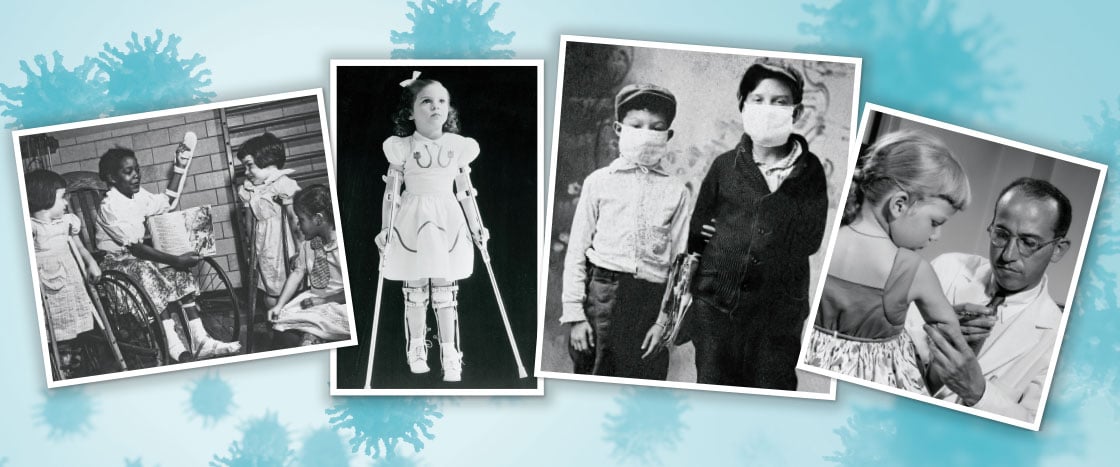I wish you had known my grandmother, Jennie Ross. She was warm and funny, and I know you would have loved her. (She definitely would have loved you.) Born in 1920, she lived a long life. It was mostly happy but sometimes very difficult.
Often she’d tell me stories of her childhood as we paged through her photo albums. I especially loved her wedding album, filled with glossy photographs from 1938. My grandmother was beautiful in her pearl-white dress. I was especially fascinated by the flower girl, my grandmother’s 10-year-old cousin, Dolly Yasnitz. She reminded me of the star of the movie The Wizard of Oz.
I wish you had known my grandmother, Jennie Ross. She was warm and funny. I know you would have loved her. (She definitely would have loved you.) She was born in 1920 and lived a long life. It was mostly happy but sometimes very difficult.
Often she’d tell me stories of her childhood as we looked through her photo albums. I especially loved her wedding album, from 1938. My grandmother was beautiful in her white dress. I mostly loved looking at the flower girl. She was my grandmother’s 10-year-old cousin, Dolly Yasnitz. She reminded me of a young movie star.

